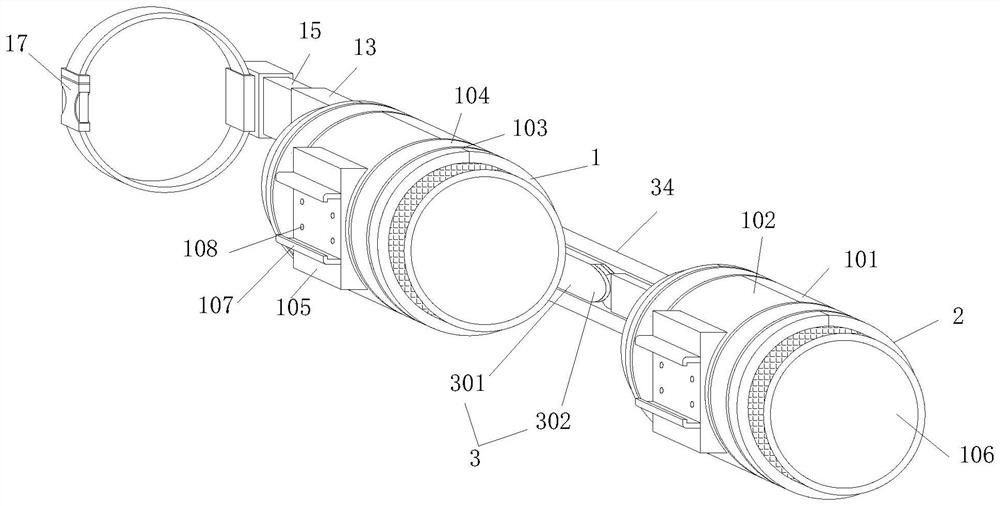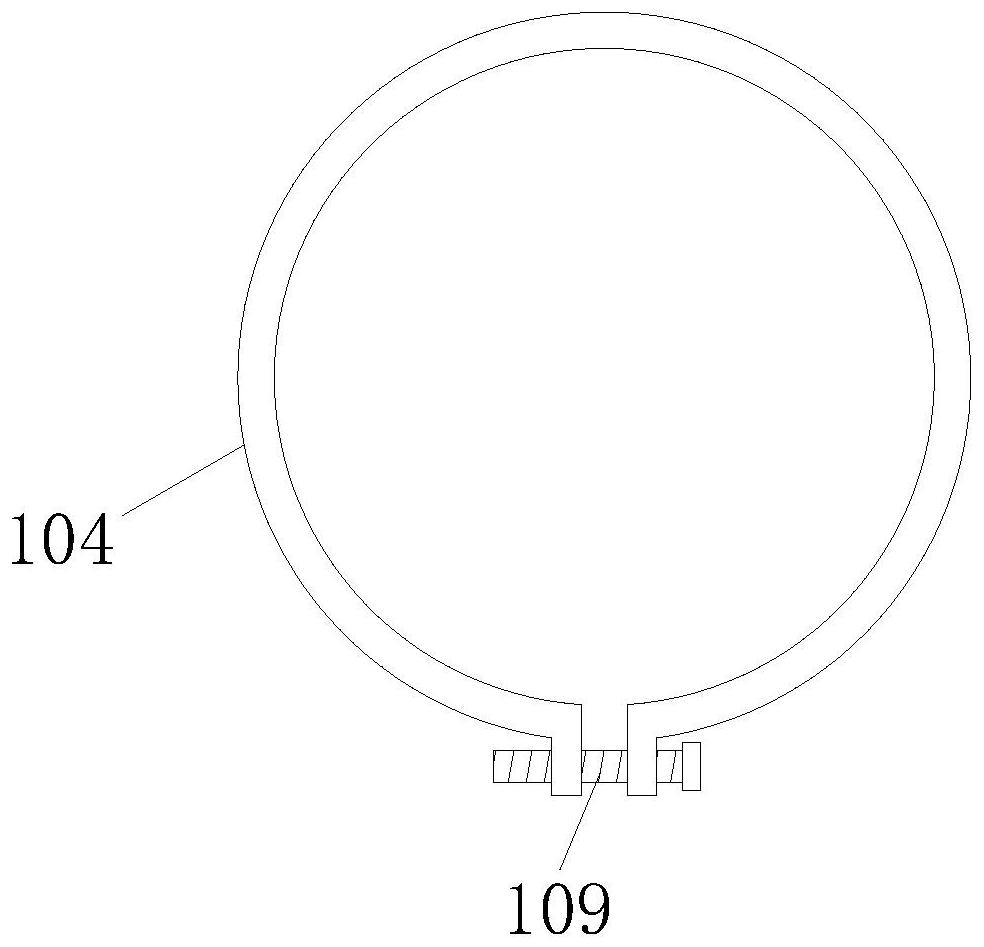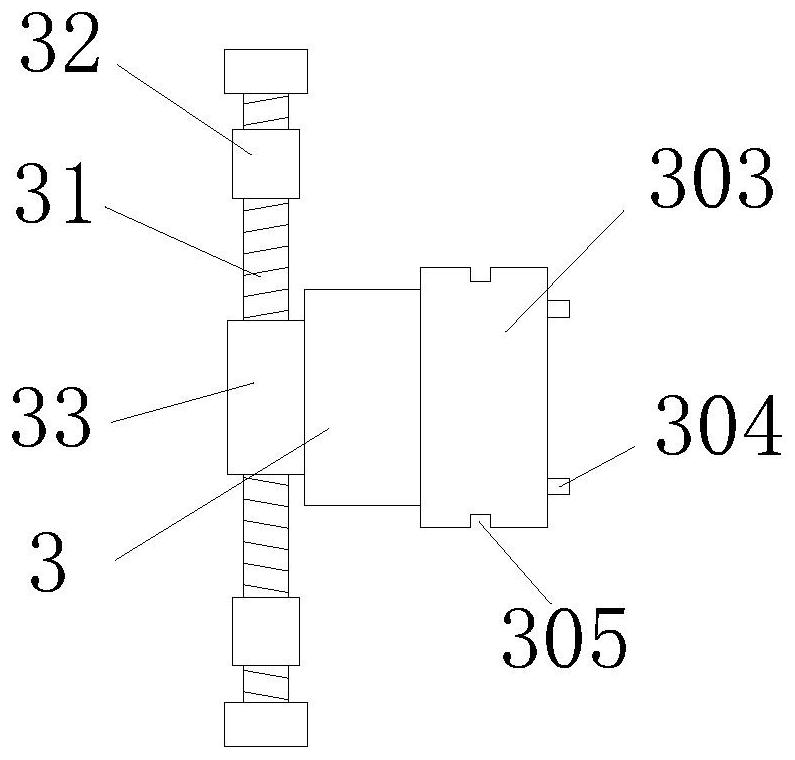Personalized customization articular cartilage injury repair device based on 3D printing
A 3D printing and articular cartilage technology, applied in fractures, medical science, etc., can solve problems affecting the normal activities of mild patients, low patient comfort, and lack of adjustment functions in joint damage repair devices
- Summary
- Abstract
- Description
- Claims
- Application Information
AI Technical Summary
Problems solved by technology
Method used
Image
Examples
Embodiment Construction
[0029] The following will clearly and completely describe the technical solutions in the embodiments of the present invention with reference to the accompanying drawings in the embodiments of the present invention. Obviously, the described embodiments are only some, not all, embodiments of the present invention. Based on the embodiments of the present invention, all other embodiments obtained by persons of ordinary skill in the art without making creative efforts belong to the protection scope of the present invention.
[0030] see Figure 1-6 , a personalized customized articular cartilage damage repair device based on 3D printing, comprising a female sleeve 1, a sub sleeve 2 and a movable rod 3, the side of the female sleeve 1 is provided with a sub sleeve 2, the female sleeve 1 and the sub sleeve 2 A movable rod 3 is arranged between them, and the base sleeve 1 and the sub sleeve 2 are equally provided with a base plate 101 and a clamping plate 102, and the surfaces of the ...
PUM
 Login to View More
Login to View More Abstract
Description
Claims
Application Information
 Login to View More
Login to View More - R&D
- Intellectual Property
- Life Sciences
- Materials
- Tech Scout
- Unparalleled Data Quality
- Higher Quality Content
- 60% Fewer Hallucinations
Browse by: Latest US Patents, China's latest patents, Technical Efficacy Thesaurus, Application Domain, Technology Topic, Popular Technical Reports.
© 2025 PatSnap. All rights reserved.Legal|Privacy policy|Modern Slavery Act Transparency Statement|Sitemap|About US| Contact US: help@patsnap.com



